
Twelve-hundred years ago, in a small valley on Guanacaste’s coast, the dead were more respected than the living and it was normal to walk around wearing one’s ancestors’ bones as accessories.
The Pre-Columbian community that developed in the Jícaro Valley, in Culebra Bay (Papagayo Peninsula), between 800 and 1,300 A.C., had specialized functions: they were artisans experts at using shells, women were leaders, and warriors decapitated their enemies and used their heads as trophies.
Who were these people? How did they live? What did they eat? How did they bury their dead?
These are some of the questions that the exhibit Vida y muerte en el valle de Jícaro (Life and Death in the Jícaro Valley) answers at the Jade Museum in San José. The exhibit recreates the archaeological site with skeletons and objects found there.
The exhibit showcases findings from excavations performed between 2005 and 2008 by the archaeologists Felipe Solís and Anayensy Herrera in the Papagayo Peninsula. The excavations were financed by company Ecodesarrollo Papagayo.
Throughout five hectares, the experts excavated 237 burial sites that corresponded to 442 individuals; more than one person was buried in some graves . The remains were of men, women, and children, including some unborn.
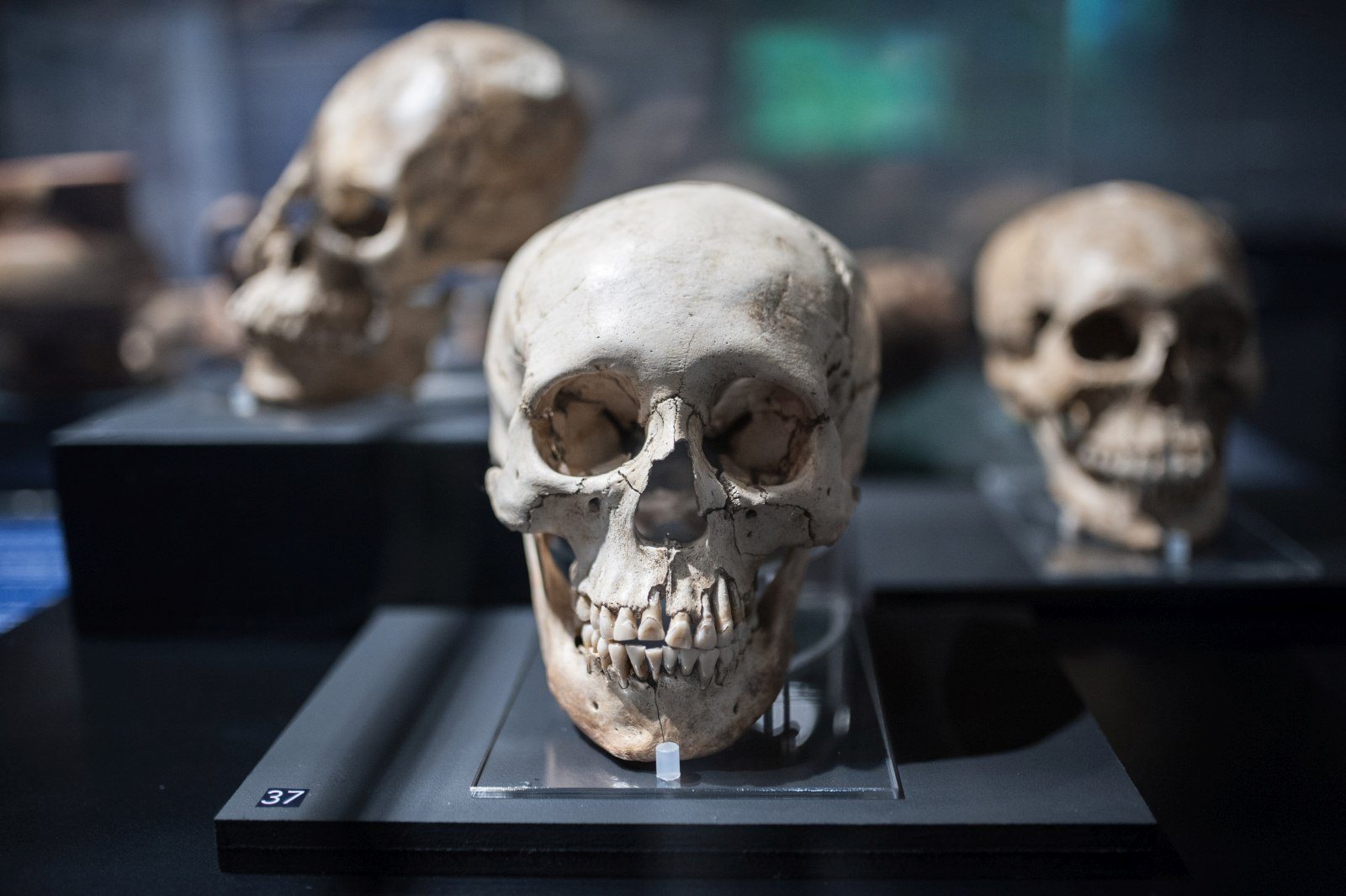
Beyond Death
The people disinterred were of Mesoamerican ancestry, which includes cultures like the Chorotega, located from southern Mexico throughout what today is Central America.
“During this period there was a lot of political instability, so these people migrated by sea to what today is Guanacaste. It was an area that they already knew due to commercial exchange,” said Virginia Novoa, archaeologist at the Jade Museum.
The graves were simple concavities in the ground where the bodies were placed facing upward and lengthwise, similar to how we bury our dead today.
For these people, the cult of their ancestors was very important. “Ancestors had huge spiritual meaning. They were symbols of knowledge, so remembering them after death was a common practice,” said Solís, who works for the National Museum.
However, the ways they paid tribute to the dead might seem a bit grotesque to us: we can’t imagine wearing a bracelet made from grandma’s jaw. Or can we?
“This is the first time in Costa Rica that we’ve found an archaeological site with body ornaments made from human bones and teeth,” said Solís.
The archaeologist confirmed that through anthropological forensics it was determined that they probably used femurs, tibiae, and humeri because they are the biggest and strongest bones in the human body.
With bones finely crafted and full of details, they made necklaces, combs, bracelets, and anklets.
“We found jaws that were cut along the ascending branch, meaning the upper part that connects to the skull, and they made holes to be used as ornaments around the arms,” said the archaeologist.
Some teeth had a hole in the center and were used as pendants or beads for necklaces.
All of these accessories are extremely detailed, which reflects the high level of specialization that the Jícaro Valley artisans possessed.
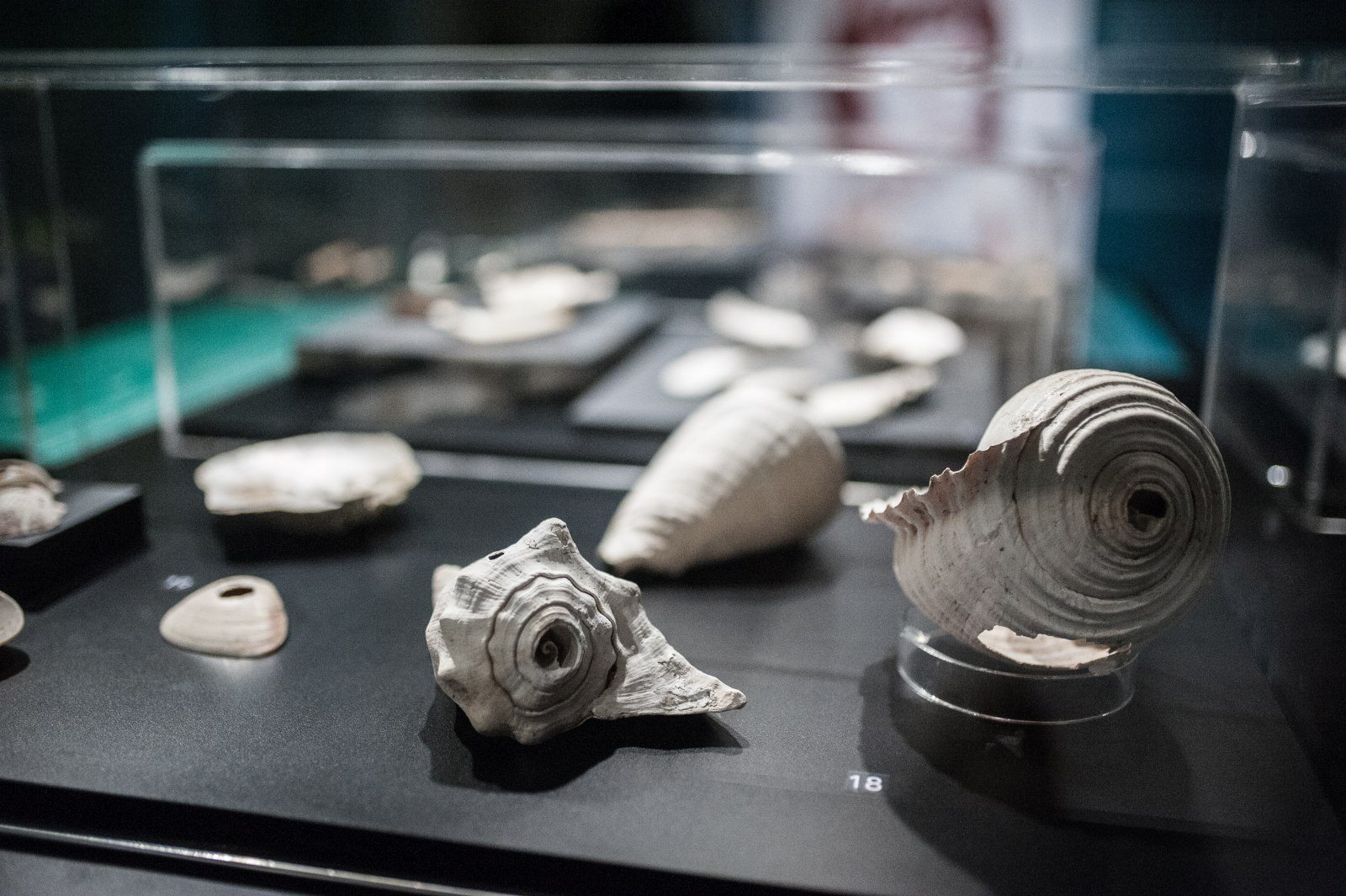
The Price of War
In Jícaro Valley, the first physical evidence of “trophy heads” were found. This was a common wartime practice that consisted in decapitating the enemy and using his head as a symbol of victory.
The archaeologists learned about this practice through stone sculptures made chiefly by groups on the Atlantic slope in which a warrior is clearly seen holding a head in his hand.
However, this is the first time researchers have found real skulls that illustrate this custom.
“Human skulls were found with marks from flesh removal. This was the process by which they removed the scalp, tissue, and brain matter using small, sharp instruments something like knives. When the warriors died they placed these now-clean skulls as an offering in their burial site,” said Solís.
This ritual also had meaning: “The belief is that a dead person’s vital energy is contained in the head and, by placing it in the grave, that energy passes on,” added the expert.
In the exhibit there is also a recreation of a warrior’s grave.
“This man was around 25 and was buried with a human jaw used as a plume, tools used as weapons (stone axes), shell objects, vessels with human teeth used as bracelets and, on one side, a skull grooves from flesh removal,” Novoa told The Voice of Guanacaste during a tour through the exhibit.
Pre-Columbian Esthetics
If you’re someone who criticizes tattoos or plastic surgery, you won’t be very proud of your ancestors. In Jícaro skulls, scientifics found clues about two common esthetic practices during that era: cranial deformation and dental mutilation.
“Cranial modification was done to babies at a very early age. It consisted in placing boards around the skull so that it would adopt a particular shape. The objective was esthetic,” Novoa explained.
If today we whiten our teeth until they shine, our Guanacastecan ancestors instead underwent dental filing.
One of the recreated graves is that of a women leader in the community whose skull is modified and teeth have been filed. “The elements found in this grave reveal that it was a woman with a high rank in the community,” said Novoa.
Ironically, this highly productive, custom- and ritual-rich life lasted 40 years at the most.
Day-to-Day Life
- Seafood was indispensable in their diet: eels, pianguas, clams, giant conchs, chuchecas, rays, and sharks were part of the sea creatures with which they lived.
- The main way of cooking was on large stove burners, using a type of mud oven in a horseshoe shape upon which pots were placed. From the pots mollusks were extracted using the parbroiling technique. Fish broth was prepared there, too.
- They also had small vegetable gardens. Remains of worn, beans, jocotes, squash, and nances were found.
- In a valley 400 meters long and 150 meters wide they shared space with wild boar, deer, white-faced monkeys, wild turkeys, turtles, and crabs.
- Their standout economic activities included making salt and dyeing textiles with a purple hue derived from a shell known as múrice.
- They were masters at working with shells. They used them to make beads, bracelets, and anklets. They also used them to make everyday objects like spoons, lids for pots, scrapers to clean animal skins, punches, corn detasselers, and needles.


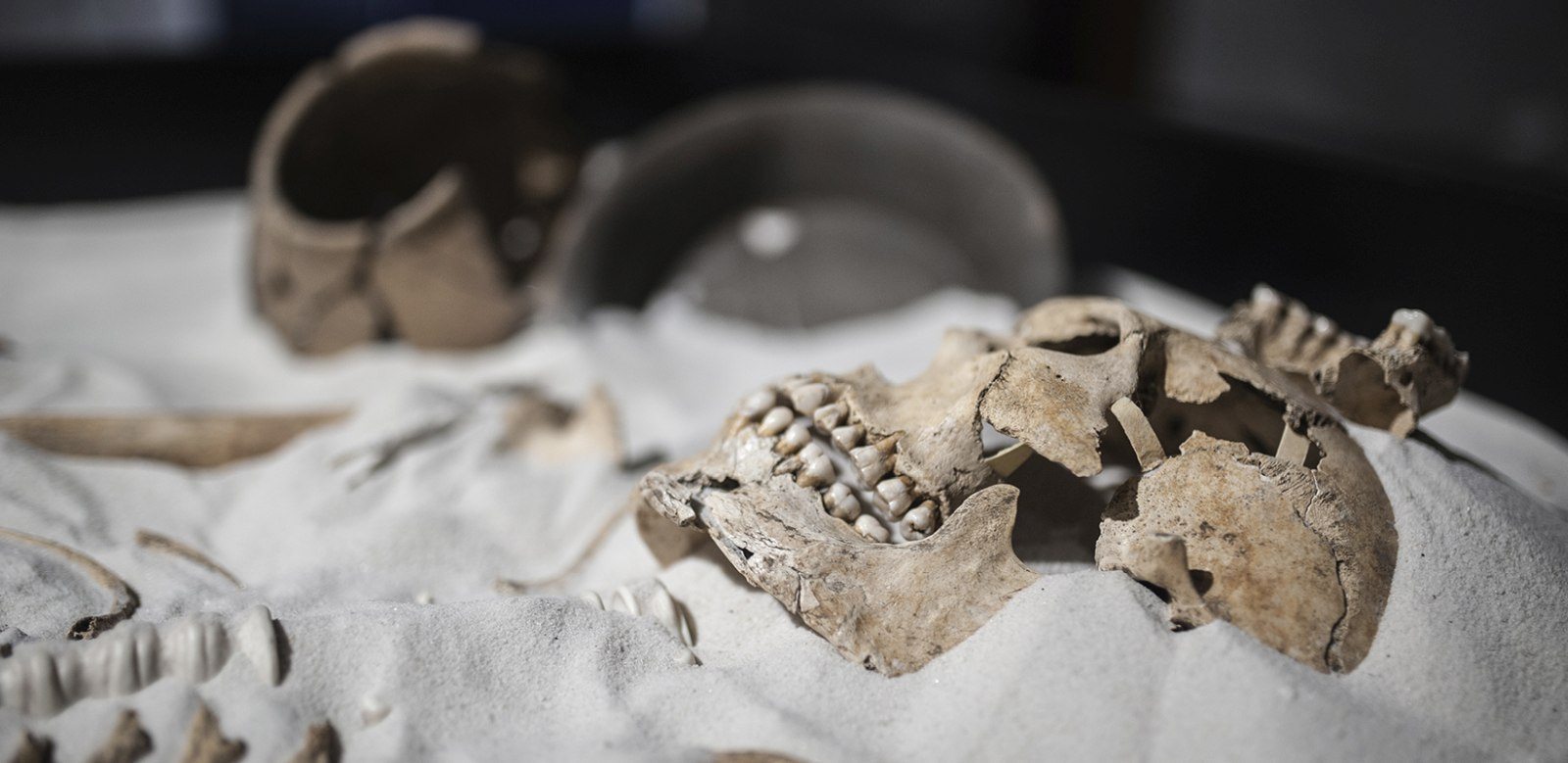
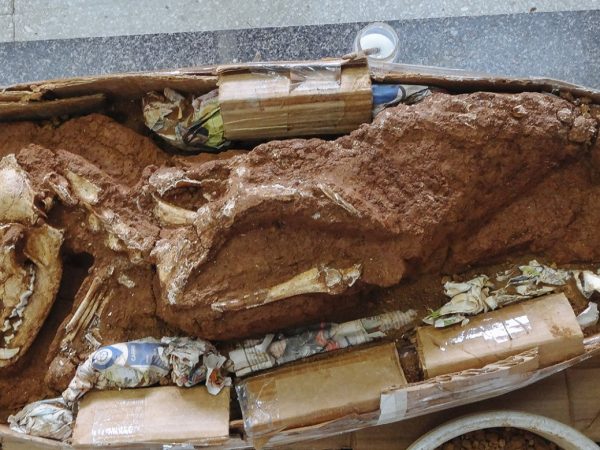
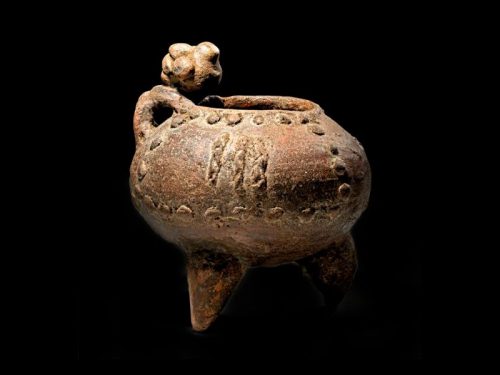
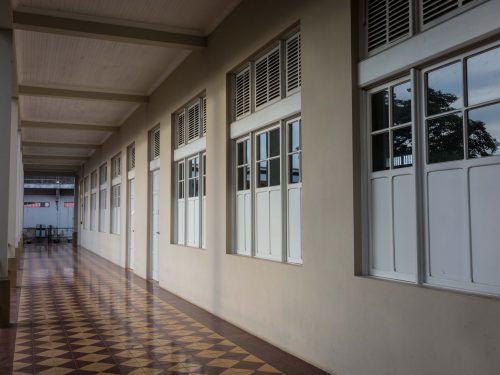

Comments